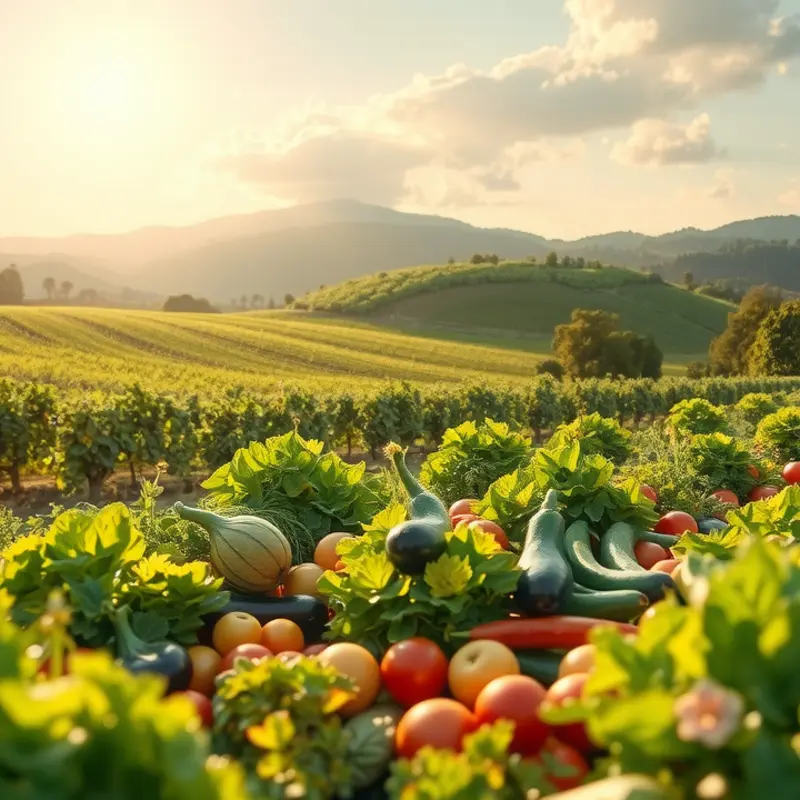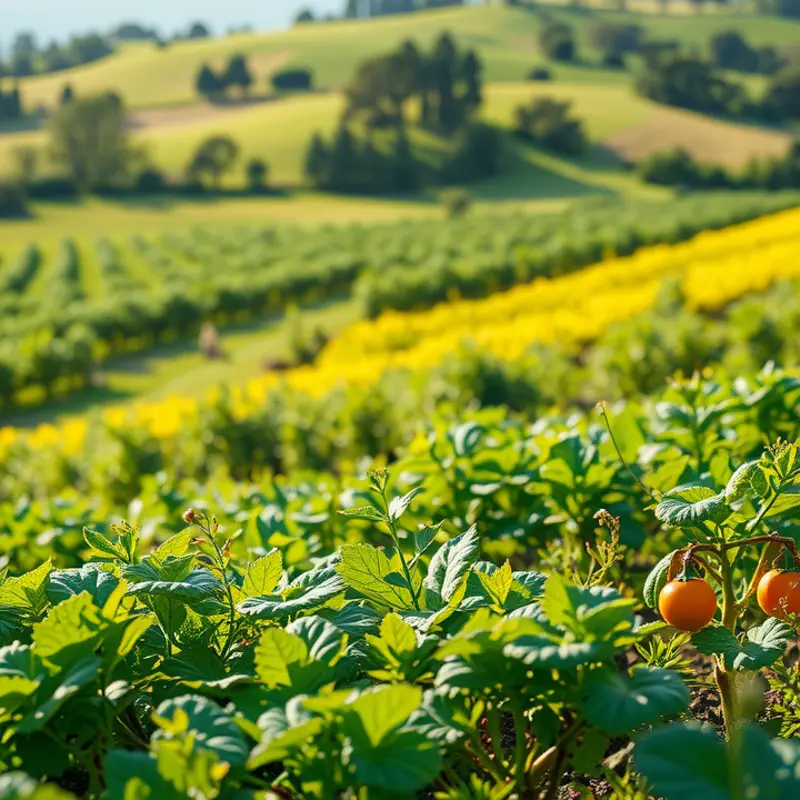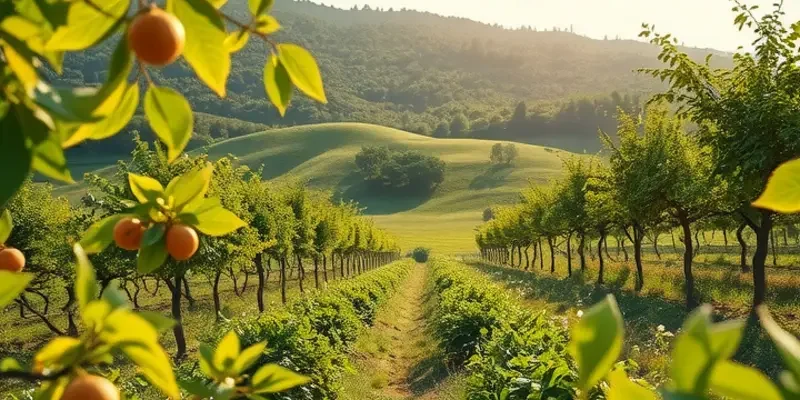Cheese, an age-old staple, transcends borders and unites cultures through its myriad forms and flavors. From the creamy Camembert of France to the pungent Roquefort of Spain, each cheese tells the story of its land, climate, and traditions. This delectable food not only tantalizes taste buds but also encapsulates centuries of history and craftsmanship. Let’s embark on a flavorful journey exploring the unique cheese traditions of various cultures, discovering how local ingredients shape these cherished dairy delights.
The Art of Cheese: European Masterpieces

Europe’s landscape is dotted with regions renowned for their distinctive cheeses. The fusion of tradition, climate, and geography crafts unique flavors, evident in the masterpieces of Parmigiano-Reggiano, Gouda, and Brie.
Parmigiano-Reggiano, often called the “King of Cheeses,” is crafted in the heart of Italy. This hard, granular cheese originates from the regions of Parma, Reggio Emilia, Modena, and Bologna. Parmesan’s creation is a laborious process, following time-honored methods, including the use of unpasteurized milk and a minimum aging period of 12 months. This lengthy maturation develops its rich umami flavor and crystalline texture, which makes it perfect for grating or enjoying in chunks.
Beyond its production, Parmesan holds cultural significance. It shares a deep connection with Italian cuisine, where it is often paired with pastas or risottos, enhancing their depth of flavor.
Moving north, Gouda, originating from the Netherlands, is a semi-hard to hard cheese known for its versatility. Traditional Gouda is produced in small Dutch dairies. Its history harks back centuries to the town of Gouda, where farmers congregated in markets. Young Gouda is mild and creamy, while aged versions are buttery and nutty, offering different taste experiences. The aging process influences its texture and sharpness, with older Gouda displaying a crumbly texture and savory taste that pairs well with full-bodied wines or dark beers.
In northern France, the lush fields of Normandy give birth to the delicate Brie de Meaux. This soft cheese, characterized by a white, bloomy rind and creamy interior, is celebrated for its rich, earthy undertones, a testament to the region’s fertile landscapes. Brie production involves gentle ladling and precise aging—a craft mastered by artisans using traditional methods. The cheese’s flavor varies from mild when young to robust and pungent as it ages. Traditionally, Brie is enjoyed with crusty baguette and fruit preserves that balance its savory notes.
These cheeses narrate the importance of local conditions—such as the microclimates of Tuscany, the winds sweeping over the Dutch lowlands, and the morning mists of Normandy. Each element enriches the cheeses, crafting flavors that offer a taste of history itself. The regional specialties also extend to other culinary aspects, such as seasonal eating patterns, influencing the type of milk and timing of the cheese-making process, further connecting cheese to its cultural roots (see more at holdmycarbs.com on seasonal eating patterns).
Thus, European cheeses are not just foods; they are cultural artifacts. They tell the story of place and process, each bite offering a glimpse into the lives and landscapes from which they spring.
Cheese Traditions Beyond Europe: A Global Perspective

The art of cheese-making extends far beyond the cobblestone streets of Europe, weaving its way through various cultures around the globe. Delving into regions like Mexico, India, and Africa reveals a world of cheese traditions that are both diverse and deeply rooted in local customs and ingredients.
In Mexico, the beloved Queso Fresco is a staple in households and markets alike. Known for its crumbly texture and fresh, tangy taste, it is crafted from cow’s milk and typically not aged. This cheese finds its place in a myriad of dishes, offering a delightful contrast to the robust flavors of Mexican cuisine. Made using a simple process that involves curdling fresh milk, draining the whey, and molding the curds, Queso Fresco embodies the essence of simplicity and freshness. It is this very simplicity that connects it to the heart of Mexican culture, where food is a communal and vibrant experience.
Travel east to India, and you’ll encounter Paneer, a versatile and widely cherished cheese. Unlike other cheeses, Paneer is a non-melting, fresh cheese made by curdling heated milk with a fruit or vegetable-derived acid like lemon juice. Integral to a variety of Indian dishes, Paneer effortlessly absorbs the spices and flavors it is cooked with, making it a cornerstone of vegetarian Indian cuisine. Whether it’s the rich sauce of Palak Paneer or the fiery spices of Paneer Tikka, this cheese is more than just an ingredient—it’s a cultural bridge, adaptable and essential in both traditional and modern Indian cooking.
In Africa, cheese traditions may not carry the same global recognition, but they are no less rich and varied. Across the continent, dairy products play a significant role in local diets. In southern Africa, Amagwinya, also known as magwinya, are cheese-infused, deep-fried dough balls. Although not solely cheese, they are often filled with local cheese variants when available, giving them a unique flavor profile distinct to the region. Meanwhile, in Eastern Africa, Dahi—often confused with yogurt—is a curd-like product made by fermenting milk. Though primarily a drink, it can also be used in cooking due to its rich, tangy flavor.
These cheeses are indicative of how regional ingredients and traditions influence culinary practices. The variations in cows, buffalo, and goats milk add layers of complexity and flavor to each cheese, reflective of its place of origin. Furthermore, the cultural importance of cheese in these regions extends beyond nutrition. It often intertwines with family practices, regional identity, and even economic livelihoods.
Exploring these traditions underscores the vast ingenuity and cultural significance of cheese-making worldwide. These local cheeses not only enhance meals but also preserve and celebrate cultural heritage. For those interested in a journey through diverse culinary traditions, consider how these cheeses offer a unique taste of their regions, much like culinary tourism exploration transports travelers to different worlds through flavors and practices.
Final words
The journey through global cheese traditions reveals not just the diversity of flavors but also the intricate connections between food, culture, and environment. Each region, with its unique history and techniques, contributes to a rich mosaic of cheese options that cater to every taste. Embracing cheese is more than just tasting a product; it’s an exploration of local agricultural practices, age-old traditions, and the pride of communities. As we delve further into these cheese stories, let’s appreciate the art and passion behind each wheel, wedge, and crumbly piece, inviting us to enjoy this global delicacy with every bite.








